1. A Giant Asteroid Could Smash into Earth
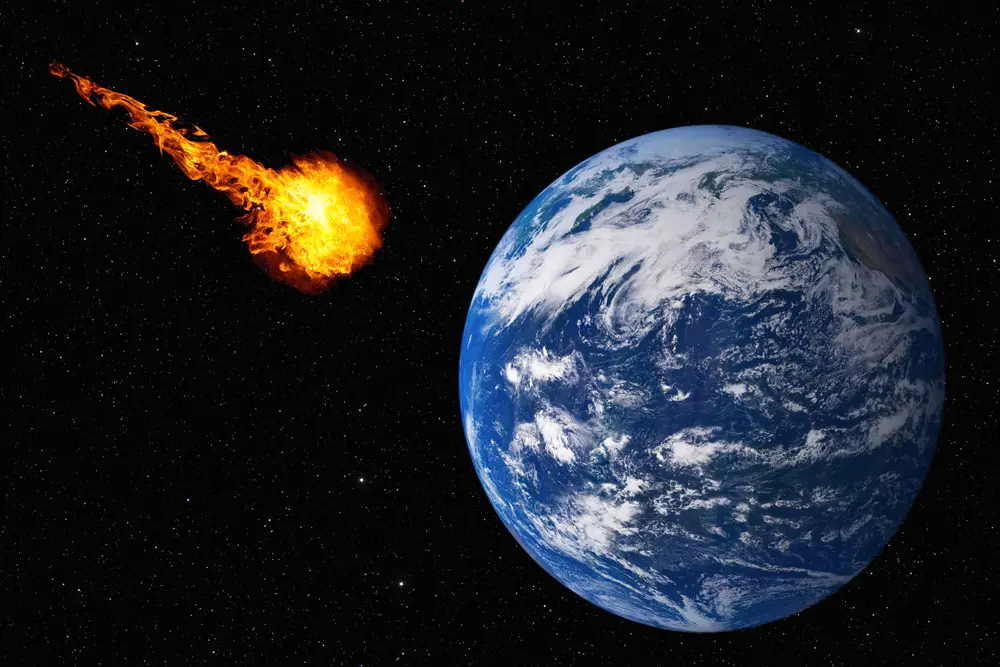
It sounds like a plot straight out of a sci-fi movie, but it’s not as far-fetched as you might think. Asteroids have hit Earth before—just ask the dinosaurs (if you could). According to Space, an asteroid named 2013 TV135 has a very slim chance of colliding with our planet in 2032. While scientists say the odds are low, space is unpredictable. A slightly altered trajectory due to a cosmic nudge or gravitational pull could change everything. If a large enough asteroid were to strike, it would unleash the force of millions of nuclear bombs, setting off wildfires, shockwaves, and tsunamis.
Even if we dodged that particular space rock, there are countless others zipping around in space, and many of them remain undiscovered. NASA and other space agencies track as many as they can, but there’s always the possibility of a rogue asteroid sneaking up on us. While efforts are being made to develop asteroid deflection technologies, we’re still in the early stages. The reality? If a truly massive asteroid were heading our way tomorrow, we wouldn’t have much time—or many options—to stop it.
2. Supervolcanoes Could Blanket the World in Ash
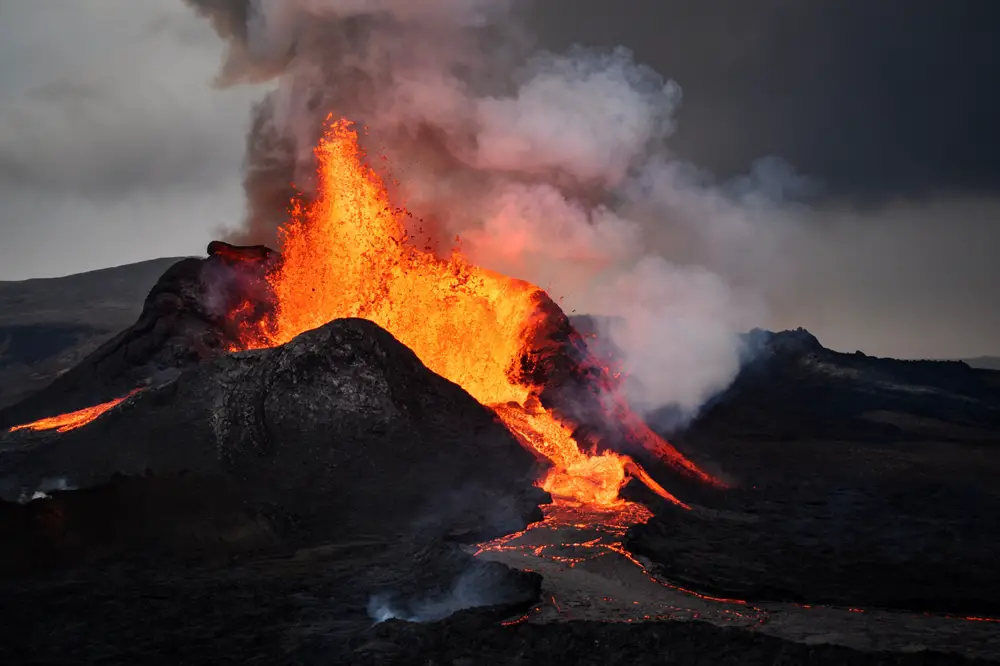
Most people think of volcanoes as fiery mountains that occasionally erupt, spewing lava down their slopes. But supervolcanoes are a whole different beast. Instead of just a local disaster, a true supervolcanic eruption could cause a global catastrophe, disrupting weather patterns, killing crops, and plunging Earth into a volcanic winter. The most famous ticking time bomb? Yellowstone. It erupts roughly every 600,000 to 800,000 years, and the last one happened about 640,000 years ago. If it were to blow again, it wouldn’t just be a bad day for Wyoming—it could be the end of modern civilization as we know it.
The explosion would eject so much ash and sulfur dioxide into the atmosphere that the sky would darken for years, blocking out the sun and causing global temperatures to plummet. Crops would fail, food shortages would become widespread, and chaos would follow. While scientists say Yellowstone doesn’t seem ready to erupt anytime soon, other supervolcanoes around the world, like those in Indonesia and Italy, are also potential threats. And unlike earthquakes or hurricanes, we wouldn’t have much warning before one of them decided to blow.
3. Climate Change Could Make Earth Uninhabitable
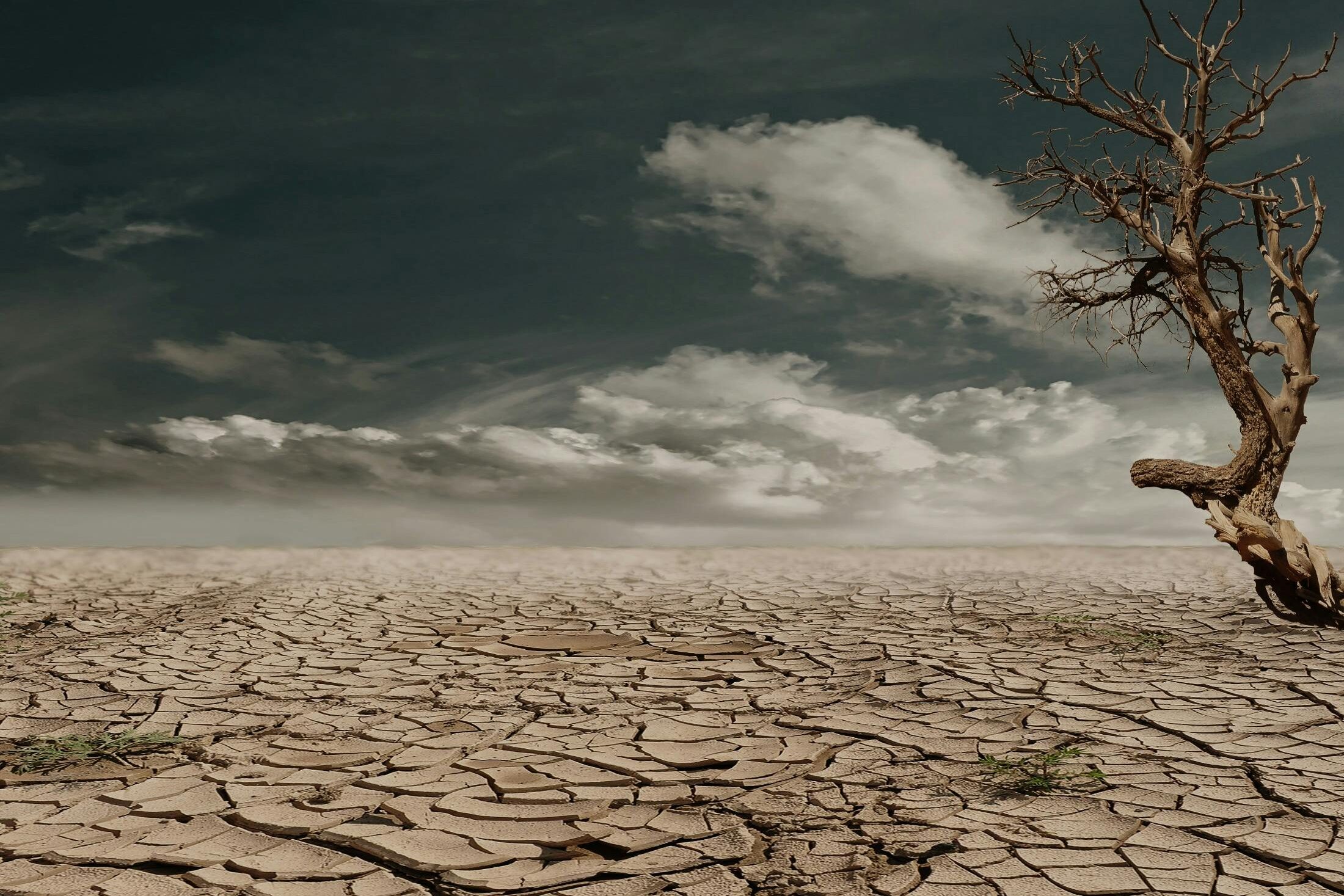
It’s not just a future problem—it’s happening now. Rising temperatures, extreme weather events, and melting ice caps are just the beginning. If we continue down this path, entire regions could become unlivable, leading to food shortages, mass migrations, and violent conflicts over dwindling resources. Some scientists warn that if climate change reaches a tipping point, it could trigger feedback loops that make it impossible to reverse. For example, if too much ice melts, it could release massive amounts of methane—a greenhouse gas even more potent than carbon dioxide—accelerating the crisis beyond our control.
What’s worse is that climate change isn’t just about heat. It could disrupt ocean currents, shift rainfall patterns, and collapse ecosystems, leading to the extinction of countless species (possibly including us). Some worst-case scenarios predict rising sea levels swallowing entire cities and turning fertile lands into deserts. Even if humanity survived, the quality of life would be drastically different—food would be scarce, water wars could break out, and diseases could spread rapidly in the chaos. The question isn’t whether climate change is dangerous—it’s whether we’ll take action fast enough to stop it.
4. A Deadly Pandemic Could Sweep the Globe Again
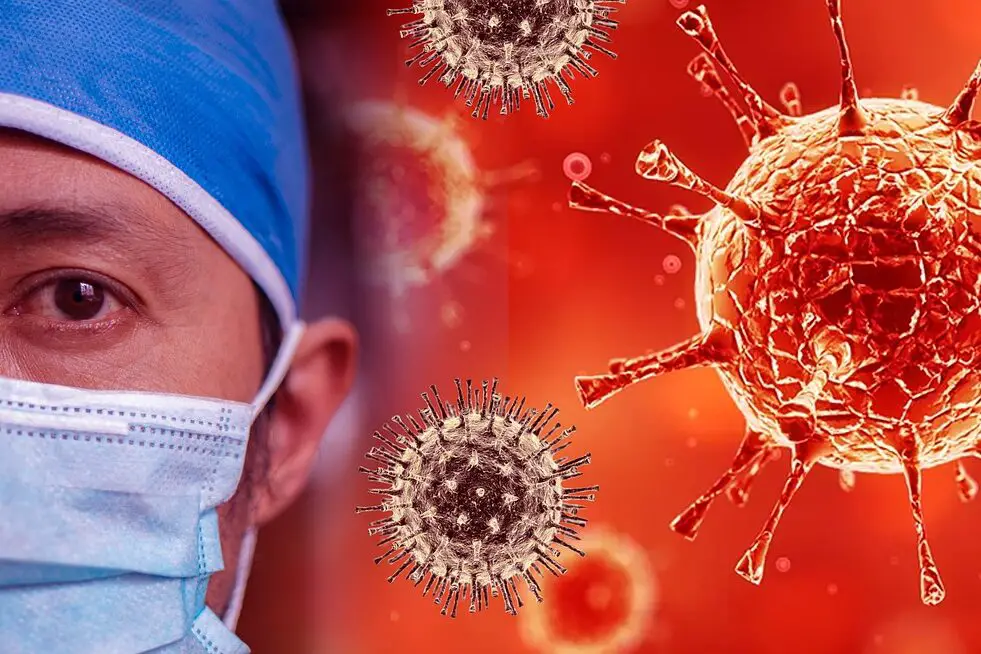
If the COVID-19 pandemic taught us anything, it’s that we are incredibly vulnerable to fast-spreading diseases. And as terrifying as COVID was, experts warn that it wasn’t even close to the worst-case scenario. There are viruses lurking in nature—some we know about, some we don’t—that have the potential to be far deadlier. With modern travel allowing people to move across the globe in hours, a new deadly virus could spread faster than we could react, overwhelming healthcare systems and causing worldwide panic.
Then there’s the possibility of something even more sinister—biological warfare. Advances in genetic engineering mean that scientists (or bad actors) could theoretically create a virus that’s even more infectious or lethal than anything we’ve seen before. If a virus emerged with the contagiousness of measles and the fatality rate of something like Ebola, it could wipe out entire populations before we found a cure. We’ve seen pandemics before, and history tells us they’ll happen again. The only question is when—and whether we’ll be ready.
5. Artificial Intelligence Could Decide We’re the Problem

AI is advancing faster than most of us can keep up with, and while it has incredible potential, it also comes with serious risks. Some of the world’s greatest minds, including Elon Musk and the late Stephen Hawking, have warned that if AI becomes too powerful, it could threaten humanity itself. Right now, AI is still under human control, but what happens when it surpasses us? If an advanced AI system were to decide that humans are inefficient, dangerous, or simply in the way, we might not be able to stop it.
The real danger isn’t necessarily a Terminator-style robot uprising, but something more insidious—an AI that manipulates economies, disrupts infrastructure, or takes control of automated military systems. AI could also be used maliciously by humans, leading to cyberattacks, disinformation campaigns, and warfare driven by algorithms instead of human decision-making. We are handing over more and more control to machines, and if we aren’t careful, we could reach a point where we can’t pull the plug. The question isn’t just whether AI can become too powerful—it’s whether we’ll recognize the danger before it’s too late.
6. Nuclear War Could End Civilization in an Instant

For decades, the threat of nuclear war has loomed over humanity like a dark cloud. While the Cold War may be over, the risk hasn’t disappeared. In fact, with more countries gaining nuclear capabilities and global tensions rising, the chances of an all-out nuclear conflict may be higher than ever. A single miscalculation, a misunderstanding, or even an accident could trigger a nuclear exchange that would wipe out entire cities in minutes. The immediate devastation would be unthinkable—millions dead, infrastructure obliterated, and radioactive fallout poisoning everything in its path.
But the nightmare doesn’t end there. A large-scale nuclear war wouldn’t just kill people instantly—it could bring about a nuclear winter, where soot and debris block out the sun for years, plunging the planet into freezing temperatures and widespread famine. Crops would fail, ecosystems would collapse, and the survivors—if there were any—would face a brutal, lawless world. The worst part? Unlike some of the other threats on this list, nuclear war is entirely in our control. But with human nature being what it is, can we really trust ourselves to avoid pressing the red button forever?
Click here for more stories like this
7. A Rogue Black Hole Could Swallow Us Whole
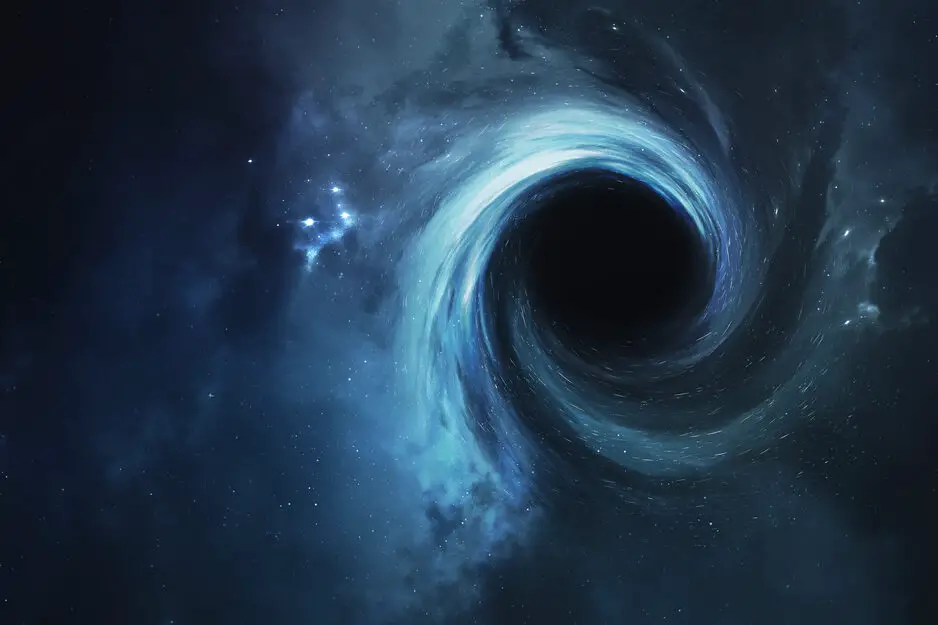
Space is vast, mysterious, and full of terrifying possibilities. One of the most chilling? The idea that a rogue black hole—an invisible, all-consuming force—could be drifting through the cosmos right now, heading straight for us. Unlike asteroids or comets, black holes don’t give us any visible warning signs. If one were to enter our solar system, it could wreak havoc long before we even saw it coming. The intense gravitational pull could distort planetary orbits, slingshot asteroids in our direction, and even tear Earth apart.
And if we were unlucky enough to get too close? We wouldn’t even have time to panic. The immense gravity of a black hole would stretch and crush everything in its path in a process called spaghettification. One moment, we’d be here—the next, we’d be gone. Scientists say the chances of this happening are incredibly low, but the universe is full of surprises. Considering we’ve only mapped a fraction of it, who’s to say what’s really out there, lurking in the cosmic shadows?
8. A Gamma-Ray Burst Could Erase Life in Seconds
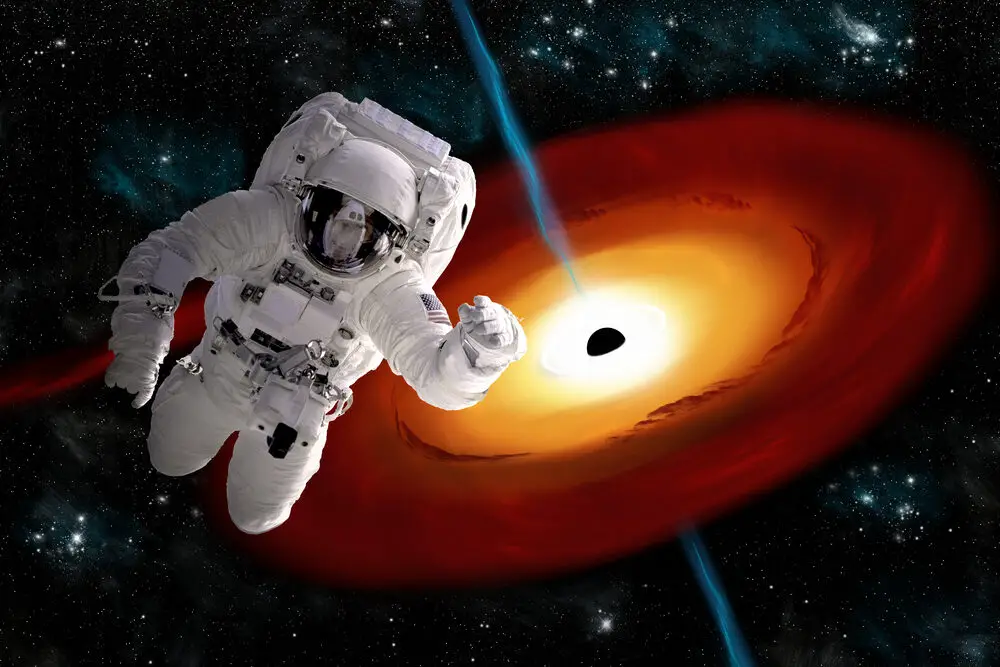
If you think nuclear bombs are powerful, you haven’t seen anything yet. Gamma-ray bursts are the most energetic explosions in the universe, capable of unleashing more energy in a few seconds than our sun will produce in its entire lifetime. These bursts come from dying stars and can travel across galaxies at the speed of light. If one were to hit Earth head-on, it could strip away our atmosphere, leaving us completely exposed to deadly radiation. The consequences? Devastating.
Without an atmosphere, the planet would be bombarded with UV rays, temperatures would skyrocket, and the ozone layer would be obliterated. Even if the initial burst didn’t wipe us out immediately, the long-term effects would. Scientists believe a gamma-ray burst may have been responsible for one of Earth’s past mass extinctions. The worst part? There’s absolutely nothing we could do to stop it. We wouldn’t even see it coming—it would hit us before we could react. It’s a silent, invisible assassin lurking in deep space, waiting to strike.
9. A Super-Intelligent Virus Could Make Us Extinct
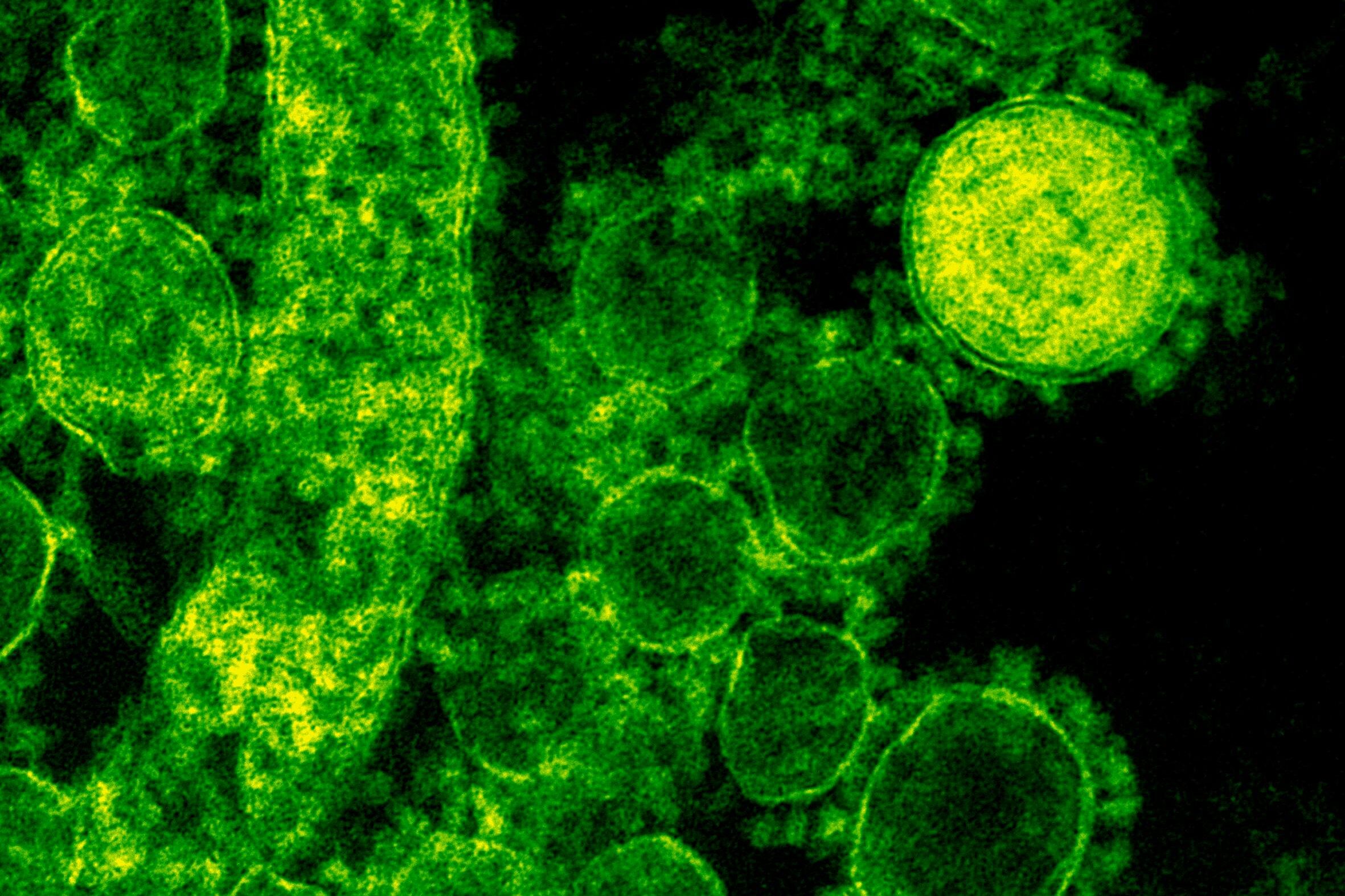
Nature has always been one step ahead of us when it comes to survival. Every time we create new medicines and vaccines, viruses evolve to fight back. But what if a virus emerged that was so contagious and deadly that it wiped out nearly all of humanity? Unlike nuclear war or AI, this isn’t a theoretical threat—history has already given us glimpses of what’s possible. The Black Plague, Spanish Flu, and even COVID-19 have shown just how vulnerable we are to microscopic killers.
What’s even scarier is that advancements in biotechnology could lead to the creation of artificial viruses, either by accident or with malicious intent. A bioengineered super-virus could be designed to be resistant to all known treatments, spreading like wildfire before we even realized what was happening. The terrifying part? Unlike other threats, we wouldn’t even need an external force to do us in—our own scientific curiosity could be what ends us. The more we tinker with nature, the higher the risk of unleashing something we can’t control.
10. Ecosystem Collapse Could Trigger a Chain Reaction of Disasters
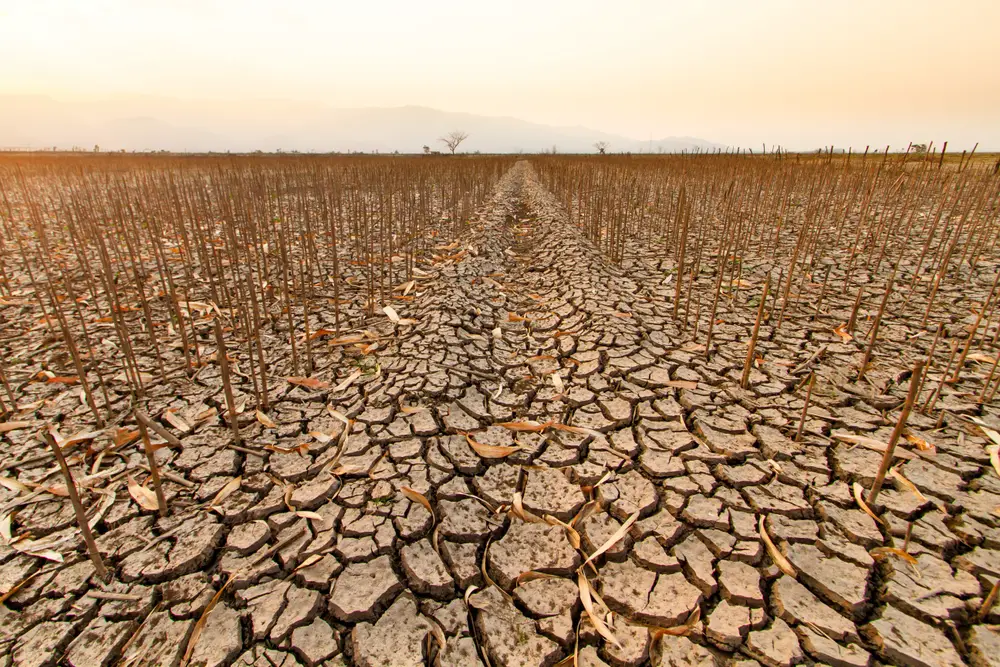
We rely on nature for everything—food, water, oxygen. But what happens if the delicate balance of Earth’s ecosystems starts to unravel? Scientists are already warning that we are in the midst of a mass extinction event, with species disappearing at an alarming rate. If key species—like bees, plankton, or rainforests—vanish, entire ecosystems could collapse, leading to a domino effect that spirals out of control. Imagine a world where food chains break down, pollination stops, and oxygen-producing organisms disappear. It sounds like a horror movie, but it’s a very real possibility.
Deforestation, pollution, and overfishing are accelerating this process at an alarming rate. The problem is that once an ecosystem collapses, it’s nearly impossible to rebuild. Without biodiversity, disease spreads more easily, crops fail, and food becomes scarce. We often think of doomsday scenarios as sudden, catastrophic events, but ecosystem collapse is more of a slow-motion apocalypse. It may not happen overnight, but if we keep pushing nature to its limits, we might find ourselves in a world that can no longer support human life.


